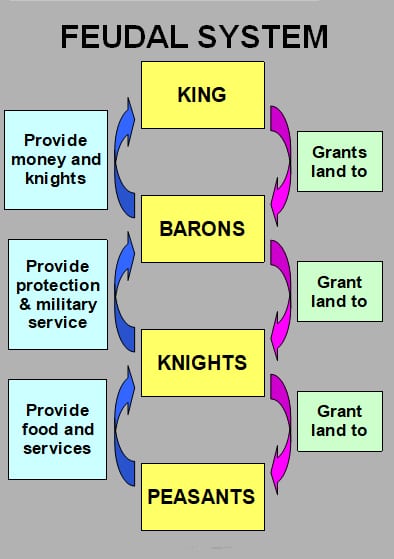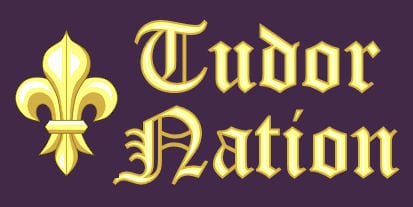Definition of Retainers
In the Middle Ages the Feudal System established a link between the different classes. Under the system, land was provided in return for a fee or service. By the beginning of the Tudor period, the practice of keeping retainers had been adopted by noblemen to ensure a loyal workforce.

Retainers were those people that were in the service of a nobleman. They included men at arms, chaplains, farriers and those who worked in the service of a Lord’s house. They were given livery and maintenance: clothing and a badge or uniform to show who they were retained by; food and board; and possibly a small wage.
Retainers could be taken on for a short period of time or for life. Noblemen often kept as many as they could since the more they had the higher their status became.
Legal Status

King Henry VII had mixed feelings about the practice. He worried that a nobleman might amass a very large household and army and be able to challenge the King’s position on the throne. But he knew that when he called on his nobles to raise an army it would be larger if retainers were kept.
In 1486, King Edward IV had passed a law outlawing the practice unless they were for the purpose of ‘legal service’. This law was largely ignored, or noblemen stated that their men were in ‘legal service’.
In 1504 an act was passed which required all noblemen to give the king a list of their retainers and obtain a license for them. It is likely that Henry VII did not want to outlaw the practice, just gain more control over the numbers involved.
Published 2017 – Updated – Nov 16 2024
Harvard Reference for this page:
Heather Y Wheeler. (2017 – 2025). The Practice of Keeping Retainers Available: https://www.tudornation.com/the-practice-of-keeping-retainers Last accessed April 17th, 2025
